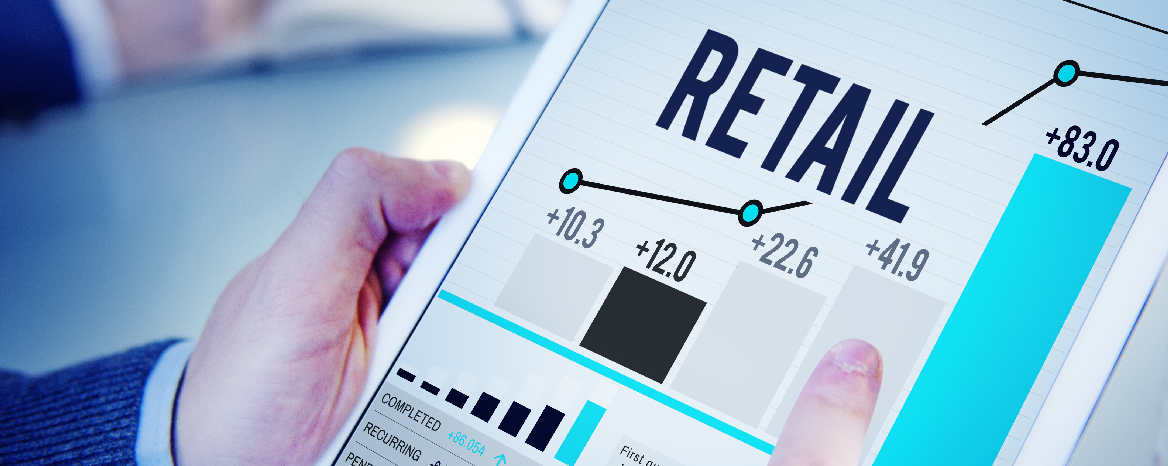
Big Data: A Game Changer in Retail
The e-commerce era has undoubtedly provided retailers with entirely new avenues to reach out to customers. However, it is getting increasingly difficult for midsize retailers to stay competitive because of dwindling margins and the rising costs associated with meeting customer expectations.
To tackle these challenges and resolve them strategically, retailers have jumped on the predictive analytics bandwagon to make smarter business decisions and guide customer marketing initiatives. The retailers—both offline and online—are adopting predictive analytics in the retail industry. It significantly improves performance across the whole value chain including allocation, promotions, campaigns, assortment, vendor compliance, employee development, store planning, and shrinkage.
This implies designing experiences that sync an understanding of customer purchasing behavior with automation and data integration. Let’s take look at the impact of predictive analytics solutions in the retail industry.

PREDICTING TRENDS, SMARTLY
Retailers have a wide range of predictive analytics tools available to help them analyze the trend(s) of the season—be it children’s toys or designer bags. These shopping trends are forecasted through algorithms that comb through posts on social networking websites and web browsing habits, and ad-buying data is scanned to see what marketing departments are pushing. Brands and marketers leverage sophisticated machine learning algorithms for sentiment analysis, which helps them get timely and accurate data. This data helps them predict what the top selling products are likely to be and understand the social sentiment of a brand, product or service. All this helps retailers understand the consumer behavior model accurately.

DEMAND FORECASTING
Once retailers establish a basic understanding of consumer buying behaviour , the next step is to work on understanding where the demand will be. This entails gathering vital details such as demographic data and economic parameters to analyze customer purchasing behavior and overall spending habits across the targeted market. For example, retailers in London have discovered that the demand for books and indoor games increases exponentially as the weather gets colder. This led to leading bookstores like Foyles to increase the amount of book recommendations that appear in their customers’ feeds as the temperatures dip.

LOCATION-LED STRATEGY
Predictive analytics powered location data helps businesses and retailers make informed decisions that improve margins, and increase sales and customer retention through targeted advertisements. Along with location and socio-economic details, location intelligence provides insights into optimizing the mix of physical and online locations to identify new store locations or plan franchise territories.

POWERING WORKFORCES
Retailers with the right human capital see the highest average purchase value, highest customer satisfaction rates, and most repetitive store visits. However, due to high employee attrition and higher consumer spending, business outcomes are affected, pushing retailers to consider business intelligence.
People dynamics is one of the leading parameters for predictive analytics in the retail industry because it is invaluable in making talent decisions that directly affect the top and bottom line. D&A helps retailers ascertain whether improvements in employee engagement will increase profits, increases in hourly pay will lead to higher sales per square foot, or more training hours will boost in-store conversion rates.
Apart from recruiting the right talent, retaining talent, managing workforce costs, and improving M&A outcomes, predictive analytics helps solve the retail industry’s most pressing workforce challenges.

Retail Race, Run Right
Most of the benefits retailers reap through D&A become void if they do not ensure that the quality of their data inputs is high. It is a critical step and the one where retailers often struggle.
High-quality data ensures that mistakes are reduced and therefore costs linked with superfluous and incorrect data—such as failed delivery attempts—are minimized. Ensuring quality data with customer acquisition is thus critical for lowering the costs associated with poor data.
Identify New Opportunities with DecisionMinesTM
To become a growth engine, an organization needs to embrace smart analytics right away. While gathering enormous amounts of data is tough enough, being able to use it effectively is critical.
Our digital decisioning platform, DecisionMinesTM, empowers business leaders to make informed decisions by synthesizing the Art of Judgment and the Science of Data. We move beyond investing in the basic blocks of predictive analytics, discovery, and automation. With DecisionMinesTM, we pivot data to determine which pieces of data to actually gather and turn them into informed decisions.
